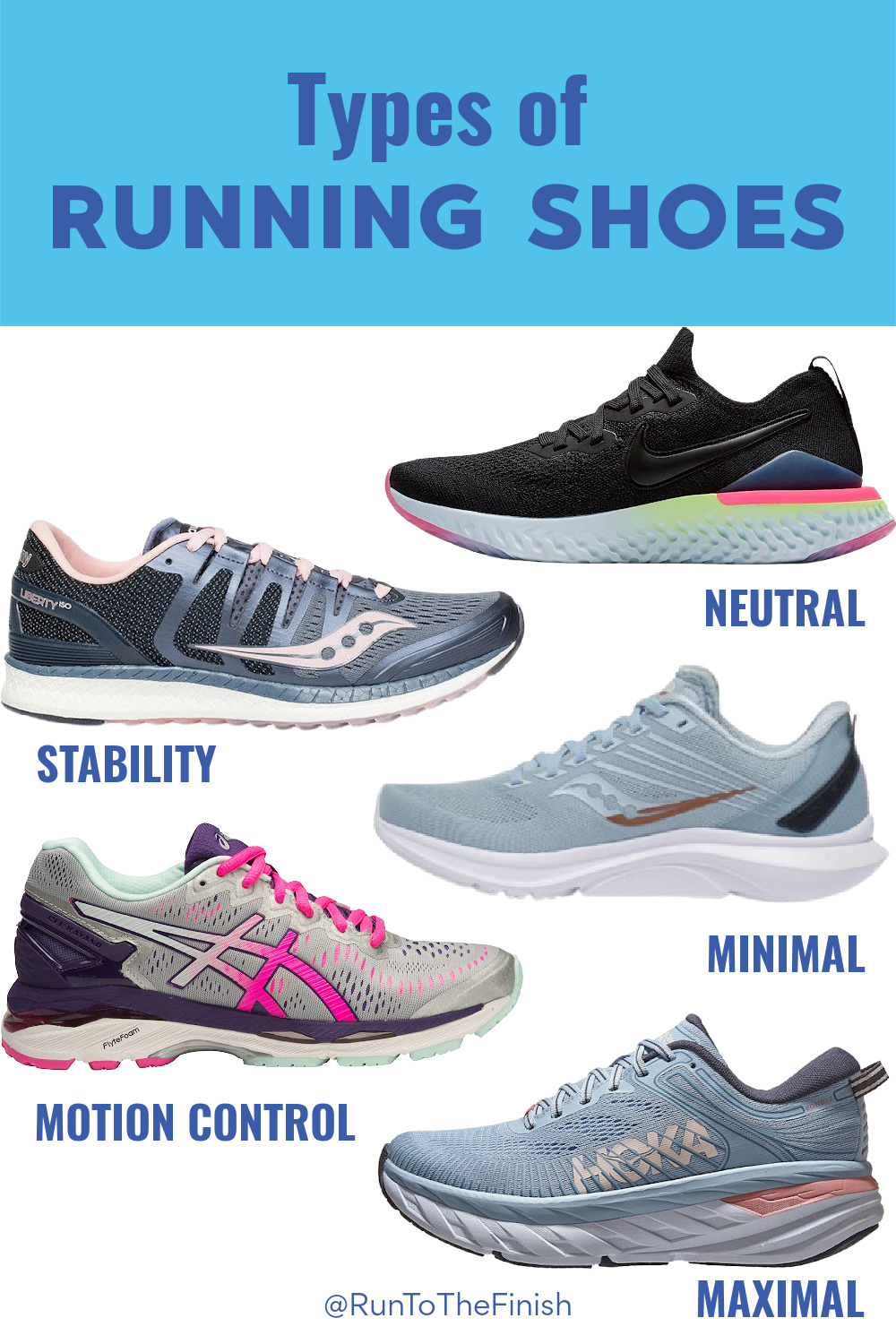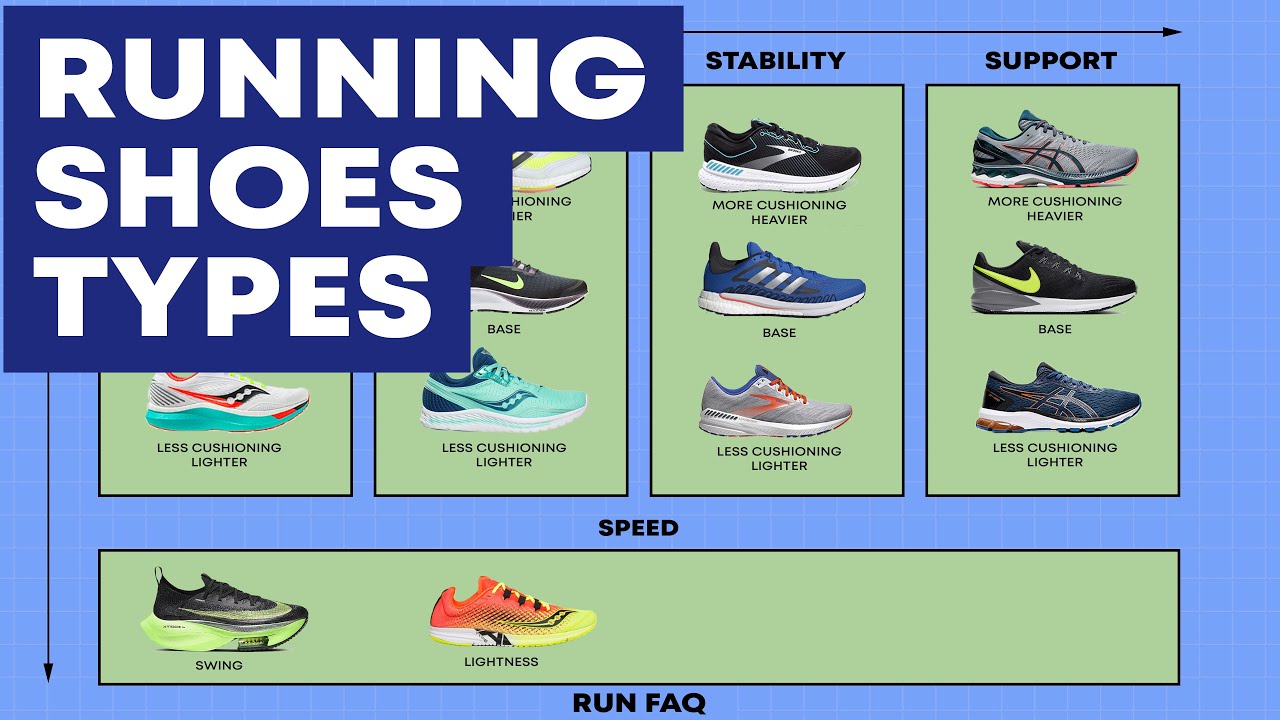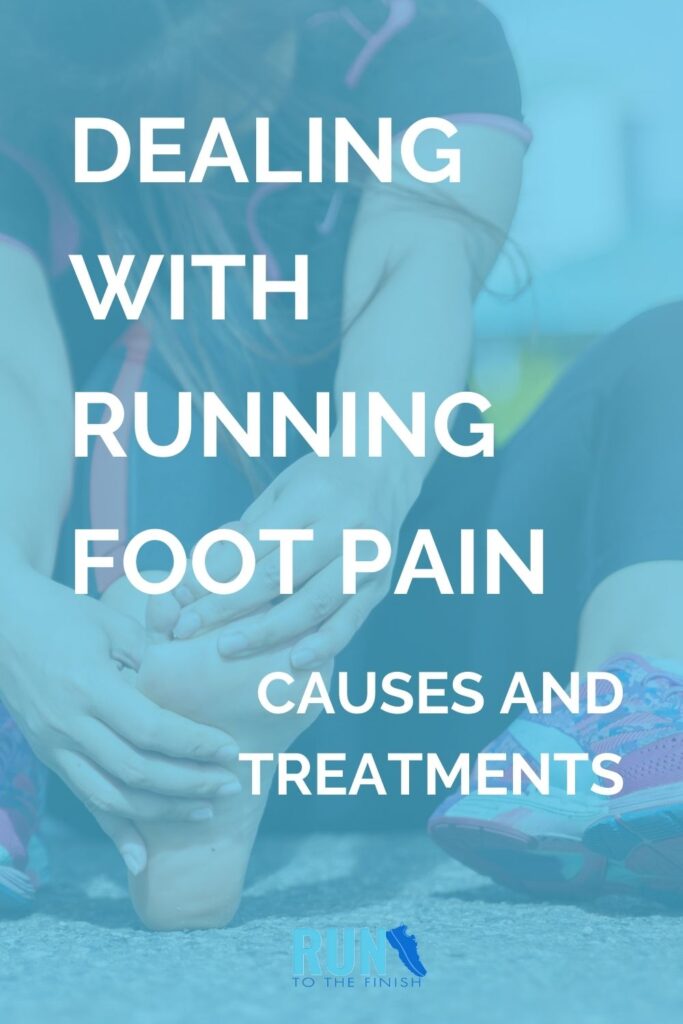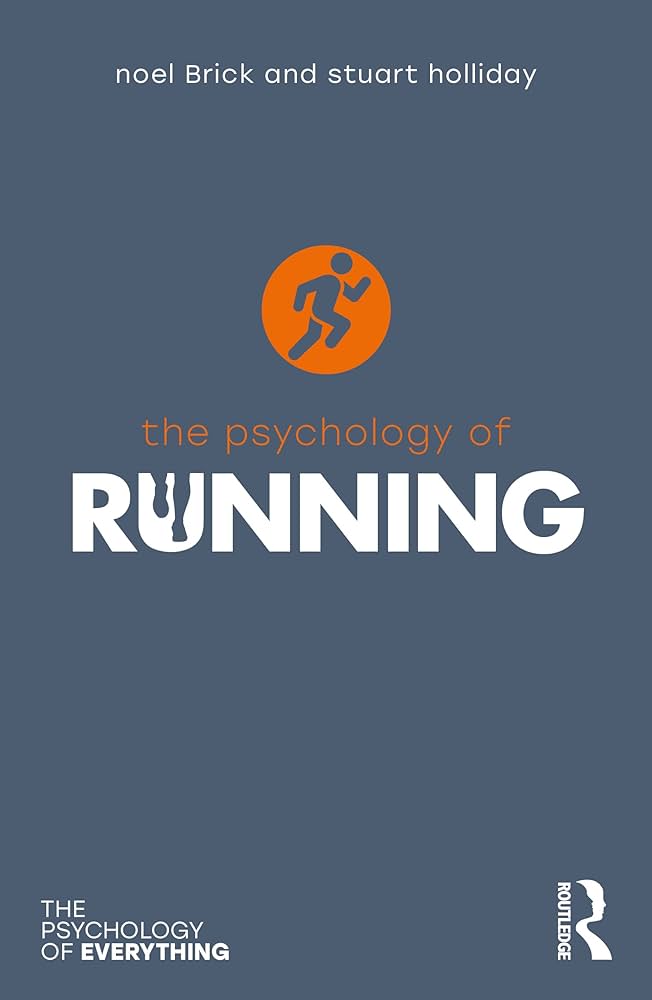Types Of Running Shoes
When choosing running shoes, consider different types such as neutral, stability, motion control, and minimalist options. Finding the right type of running shoes is essential to enhance performance and prevent injuries.
The various types of running shoes cater to different foot types and running styles, providing the necessary support and cushioning for optimal comfort and performance. Neutral shoes offer a balanced cushioning, stability shoes provide added support for overpronation, motion control shoes help with severe overpronation, and minimalist shoes promote a more natural running experience.
Understanding these categories can help you select the best running shoes for your individual needs.

Credit: www.alliedfootspecialists.com
1. Neutral Running Shoes
Neutral running shoes are designed to provide a balanced blend of cushioning, support, and durability, making them suitable for runners with normal pronation.
Lightweight And Flexible
One of the key characteristics of neutral running shoes is their lightweight and flexible design. The construction of these shoes typically involves lightweight materials that allow for natural movement and agility during the running motion.
Suitable For Runners With Normal Pronation
Neutral running shoes are ideal for runners with normal pronation, as they offer the right balance of cushioning and support. This helps in maintaining the natural alignment of the foot, preventing excessive inward or outward rolling motion.

Credit: www.pinterest.com
2. Stability Running Shoes
Stability running shoes are a type of running shoe designed to provide support and stability for runners. They help prevent overpronation and offer a balance between cushioning and motion control, ensuring a comfortable and injury-free running experience.
Stability running shoes provide added support and cushioning to help runners with mild overpronation.
Added Support And Cushioning
- Designed for runners with mild overpronation
- Provide extra stability and cushioning
- Help maintain proper foot alignment
Ideal For Runners With Mild Overpronation
- Ensure proper foot alignment during runs
- Reduce the risk of injuries due to overpronation
- Offer a comfortable and supportive running experience
3. Motion Control Running Shoes
When it comes to Motion Control Running Shoes, individuals with severe overpronation can benefit greatly. These shoes are meticulously designed to provide maximum stability and control during running sessions.
Maximum Stability And Control
- Offers a high level of support to prevent excessive inward rolling of the foot
- Restricts excessive movement to ensure proper alignment of the foot and ankle
For runners battling severe overpronation, Motion Control Running Shoes are a game-changer. These shoes are engineered to provide the necessary guidance and support to prevent injuries and enhance performance.
Designed For Severe Overpronation
- Specifically tailored for individuals with excessive inward rolling of the foot
- Helps in controlling the motion to maintain proper foot alignment

Credit: www.runtothefinish.com
4. Minimalist Running Shoes
Minimalist running shoes are a popular choice for runners who prefer a more natural and lightweight feel. These shoes are designed to provide the barefoot-like experience while still offering some protection and support, making them a great option for those looking to strengthen their feet and improve their running form.
Barefoot-like Experience
Minimalist running shoes are engineered to mimic the sensation of running barefoot. Featuring a low heel-to-toe drop and flexible soles, these shoes allow for a greater ground feel and a more natural running motion. The lightweight design helps minimize interference with the foot’s natural biomechanics, promoting a more efficient and fluid running stride.
Encourages Natural Foot Movement
By promoting a more natural foot movement, minimalist running shoes help to strengthen the muscles in the feet and lower legs. The lack of excessive cushioning encourages the foot to make natural adjustments, leading to improved balance and stability. This style of shoe also encourages a midfoot or forefoot strike rather than a heel strike, which can reduce the risk of certain injuries associated with running.
5. Trail Running Shoes
When it comes to hitting the trails, having the right shoes can make all the difference. Trail running shoes are specially designed to withstand the challenges of off-road terrain and provide the necessary grip and protection for a comfortable and safe run.
Durable And Protective
Trail running shoes are built to be highly durable and protective, making them ideal for handling rough and rugged trails. These shoes are typically made with reinforced materials that can withstand the wear and tear of running on uneven surfaces, protecting your feet from potential injuries.
Grippy Outsole For Off-road Terrain
One of the standout features of trail running shoes is their grippy outsole, which is specifically designed to provide traction on various off-road surfaces. Whether you’re running on muddy trails, rocky terrains, or slippery slopes, the specialized tread pattern of trail running shoes ensures that you stay surefooted and reduce the risk of slipping.
Moreover, the outsole is often made of durable rubber compounds that offer excellent grip and can withstand the abrasion caused by rough trails, ensuring that your shoes last longer.
Frequently Asked Questions On Types Of Running Shoes
What Are The Different Types Of Running Shoes?
Running shoes come in various types such as cushioned, stability, motion control, and minimalist shoes, each offering unique features and targeting specific needs of runners.
How Do Cushioned Running Shoes Benefit Runners?
Cushioned running shoes provide extra padding and shock absorption, reducing the impact on joints, enhancing comfort, and preventing injuries during long-distance runs.
Why Should Runners Consider Minimalist Shoes?
Minimalist shoes encourage a natural running gait, strengthen foot muscles, and improve balance, giving runners a more connected and responsive experience with the ground.
Conclusion
When choosing running shoes, the right type is essential for optimal performance and injury prevention. Understanding the features and benefits of each type, such as neutral, stability, and motion control shoes, will help you find the perfect fit. By considering factors like foot type and running style, you’ll be able to select the best shoes for your individual needs.






